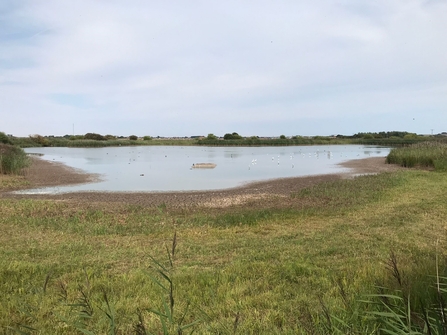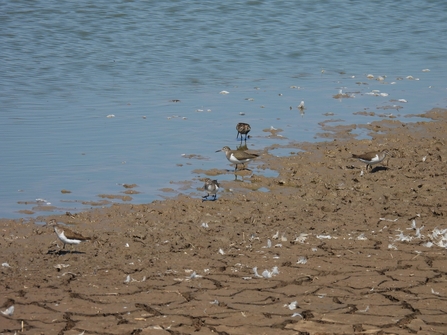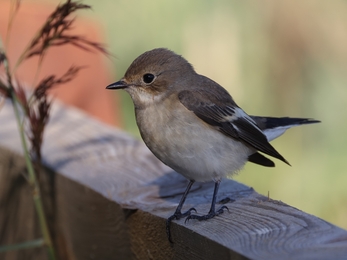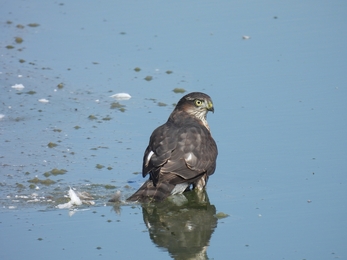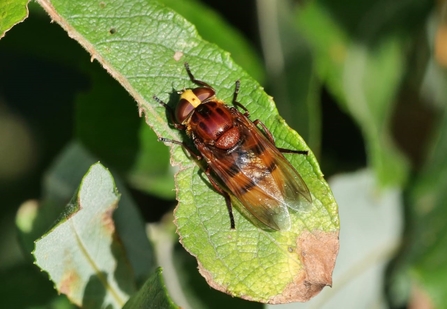North winds throughout August provided lots of interest over the sea, highlights included: two sooty shearwater, 21 Manx shearwater, two roseate tern (19th), 18 little tern, three long-tailed skua (including an adult), four pomarine skua, 20 great skua, 134 Arctic skua and two black tern. Good numbers of winter wildfowl were also recorded arriving such as wigeon, teal and pintail.
It was a poor year for the local marsh harriers with just a single chick raised from three pairs. Two pairs were thought to have failed with territories abandoned mid-summer. Typically, juveniles will linger around the nest for a couple of weeks before dispersing. Considering the good breeding productivity achieved in recent years it is bound to ebb and flow from time to time. Hopefully 2023 will be a successful year for our local marsh harriers.
Anderby Marsh completely dried up in the first week of the month, when you consider the lack of rain this year, it is astonishing that the water has been maintained here for so long. How will the marsh look during a wet winter/spring? The effects of the drought have also been noticed elsewhere such as at Huttoft Pit. Water levels have reached an all-time low here revealing a considerable muddy margin around the periphery of the lagoon. This muddy margin has produced the perfect habitat for wading birds on migration and is almost acting as a secondary habitat to Anderby Marsh.


